
Peugeot

| Name: | PEUGEOT |
| Year of foundation: | 1810 |
| Founder: | Peugeot, Armand |
| Belongs: | PSA Peugeot Citroën |
| Location: | France: Paris |
| News: | Read more... |
Body type:
SUVHatchbackSedanConvertibleEstateMinivanCoupeVanPickupElectric carsLiftback
History of the Peugeot car
Contents FounderEmblemHistory of the brand in models Peugeot is a company from France that produces different cars: from compact to racing. The auto giant produces special vehicles, and also specializes in the production of bicycles, motorcycles and engines. This is the second largest European brand in terms of production, right after Volkswagen. Since 1974, the manufacturer has been one of the constituent parts of PSA Peugeot Citroen. The brand is headquartered in Paris. The founder of "Peugeot" originates from the distant 18th century. Then Jean-Pierre Peugeot worked in the light industry. In 1810, his descendants rebuilt the mill, which they inherited. It turned into a steel casting shop. The brothers made clock springs, spice mills, curtain rings, saw blades, and the like. In 1858, the emblem of the brand was patented. Since 1882, Armand Peugeot began to produce bicycles. And after 7 years, the manufacturers released the first model of the Peugeot car, which was developed by Armand Peugeot and Leon Serpollet. The car had three wheels and a steam engine. For the first time, the model was presented at an exhibition in the capital of France and received the name Serpolett-Peugeot. In total, 4 units of such models were produced. Emblem The history of the Peugeot brand logo in the form of a lion goes back to the middle of the 19th century, when one of the founders received a patent for the image. It was developed by the jeweler Julien Belezer, who was approached by Emile and Jules Peugeot. over the history of existence, the image of a lion has changed: the lion moved along the arrow, stood on four and two paws, the head could be turned to the sides. Then the lion was heraldic for some time, the logo was placed on the front of the car, then on the radiator grille, changed color. Today, the emblem has a steel lion image, with added shadows to add volume. The last changes took place in 2010. The history of the brand in models Of course, the engine, which worked on steam, had no development and would not become popular. Therefore, the second model already had an internal combustion engine. It was presented for the first time in 1890. The car already had 4 wheels, and the engine received a volume of 563 cubic cm. The car was born in collaboration between Peugeot and Gottlieb Daimler. The new car became known as the Type 2. He could reach speeds of up to 20 kilometers per hour. Orders and production of the Peugeot brand grew quite quickly. So. in 1892, 29 cars came out, and after 7 years - 300 copies. By 1895 Peugeot were the first to make rubber tires. Peugeot cars have become very popular. One of the models of those years became a participant in the Paris-Brest-Paris rally, which attracted a lot of attention to the company. In 1892, by special order, Peugeot produced a unique car with an engine consisting of 4 cylinders. The body was made of cast silver. A product of the automotive industry, Peugeot first participated in the Paris-Rouen car race, which took place in 1894. The car won a prize-winning place and won a prize-winning second place. At the beginning of the new 20th century, Peugeot directs efforts to develop a trendy budget car option for the city. In collaboration with Bugatti, Bebe Peugeot was created, which became a popular folk model. At the same time, the production of cars for racing continues. One of them was the Peugeot Goix. The machine was released in 1913. The car was distinguished by the fact that it could reach speeds of up to 187 km / h. Then it became an absolute record. Peugeot brand starts assembly line. Prior to this, in France, not a single automaker used this method. After 1915, the company begins to focus on inexpensive, but mass-produced cars. The budget Peugeot Quadrilette appears. Sedans became models at a more expensive price. Over time, two major automotive companies Bellanger and De Dion-Bouton become components of Peugeot. During the Great Depression, when many companies were unable to maintain their positions, the car manufacturer Peugeot prospered. At that time, compact models of cars appeared that were available to customers. For the middle class, the Peugeot 402 sedan was produced. Hostilities. which began in 1939, made their own adjustments. The Peugeot brand fell under the tutelage of Volkswagen. And at the end of hostilities, the automaker was able to enter Europe through the production of small cars. In the 1960s, Peugeot launches the production of cars for more affluent buyers. Coach designer Pininfarina works with them. In 1966, the brand enters into an agreement with the Renault brand. on which their technical capabilities are combined. Later, Volvo, a concern from Sweden, also joins the cooperation. The series of concluding cooperation agreements does not end there. In 1974, Peugeot becomes one concern with Citroen. and since 1978, Peugeot has taken over Chrysler Europe, which produces both cars and trucks. In addition, under the Peugeot brand, the production of two-wheeled vehicles continues: bicycles, motorcycles. The Peugeot 205, which was in production from 1983 to 1995, becomes a successful invention. In 1989, the leader of the French car industry introduced the Peugeot 605 in Frankfurt. in 1998, a restyled version of this car was released in the Signature version. The 605 machine model was replaced by a new one - 607. The improvement of the external and internal appearance, as well as engines, took place in 1993 and 1995. The new Peugeot 106 rolled off the assembly line in 1991. She was a small car. The car was front-wheel drive, the engine layout became transverse. Restyling of the model was released in 1992. The car became a five-door, was equipped with a 1,4-liter diesel engine. Its modification was introduced in 1996. The re-release of the Peugeot 405 began in 1993. The car has become typical for middle-segment buyers. Since January 1993, the production of a new car, the Peugeot 306, has been launched. She was a small model. In autumn, a convertible version appeared on the market. In 1997, the car received a station wagon body. In 1994, for the first time, a product of cooperation between the Peugeot / Citroen and Fiat / Lancia brands was released. They became the Peugeot 806, which was a front-wheel drive minivan with a transverse engine. The model has been reissued twice (SR, ST). First, the car received a diesel engine and turbocharging, and then equipped with a 2,0 HDi diesel engine. The next car model, introduced in 1995, was the Peugeot 406. its modification, made in 1999, began to enjoy great success. Since 1996, a restyling with a station wagon body has been produced. And since 1996, the Peugeot 406 Coupe has appeared. This machine is produced by Pininfarina. Since 1996, the brand has been developed and produced by Peugeot Partner. This is a station wagon, the engine of which is located transversely. The car had several variations of the van: a cargo van with two seats and a cargo-passenger one with five. The next car is Peugeot 206. It was first released in 1998. The pace of sales of the automotive company's products has increased significantly. In 2000, a convertible was presented at the motor show in the capital of France, which was called 206 CC. The car of the upper middle class Peugeot 607 was developed and released by the automotive company in 1999. And in 2000, the brand released a bold concept car: the Promethee hatchback. In 2001, Peugeot 406 was presented in Geneva during a motor show. At the present stage of development, the Peugeot brand is quite successful. Its factories for the production of machines are in many countries. a huge number of cars are regularly produced under the brand.
No post found

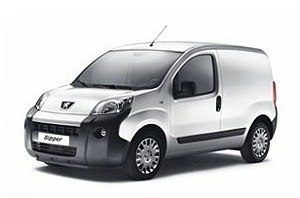
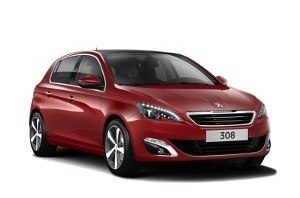


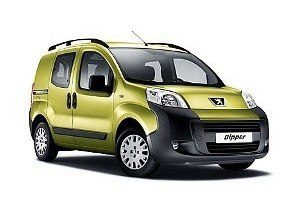

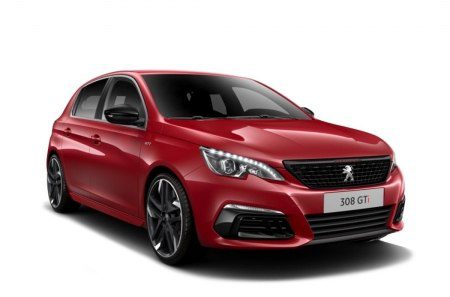

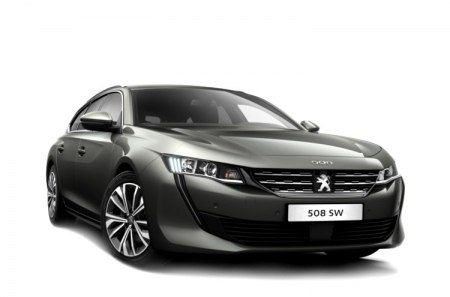
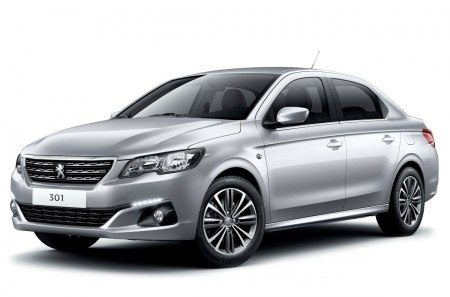
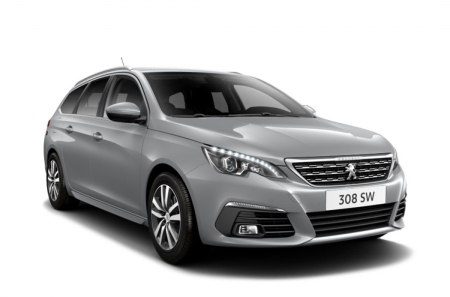
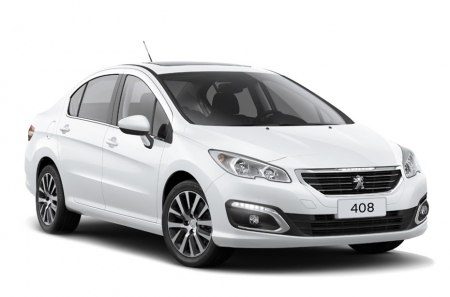
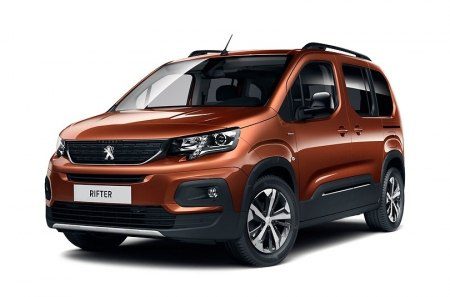



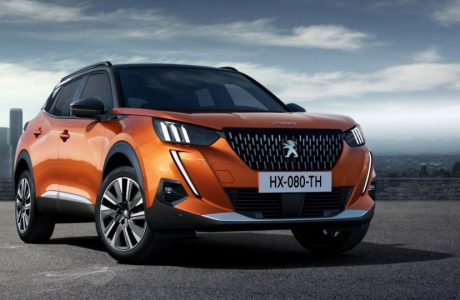
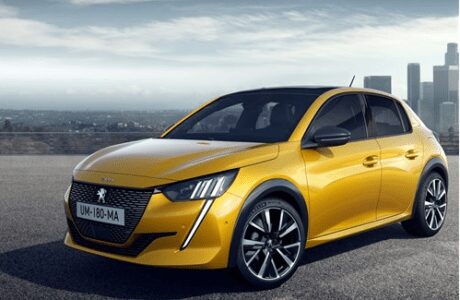

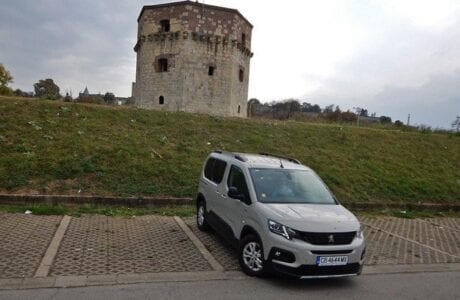
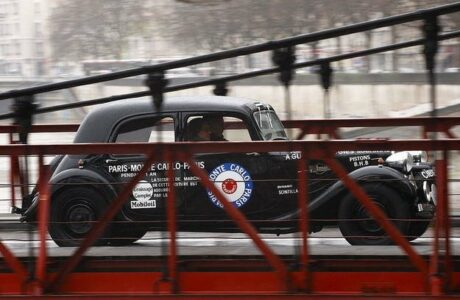
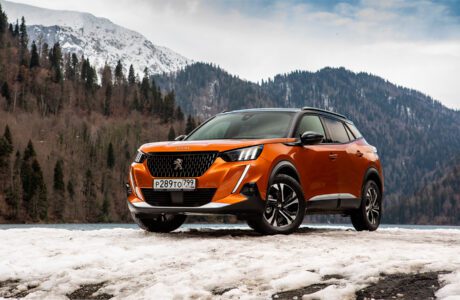
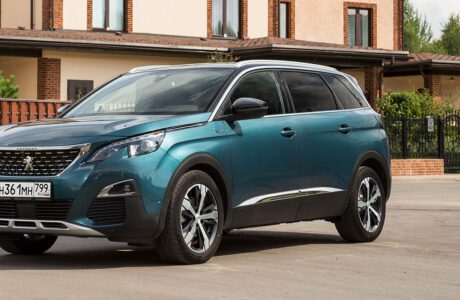

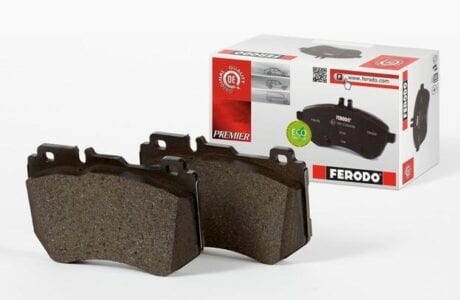
Add a comment